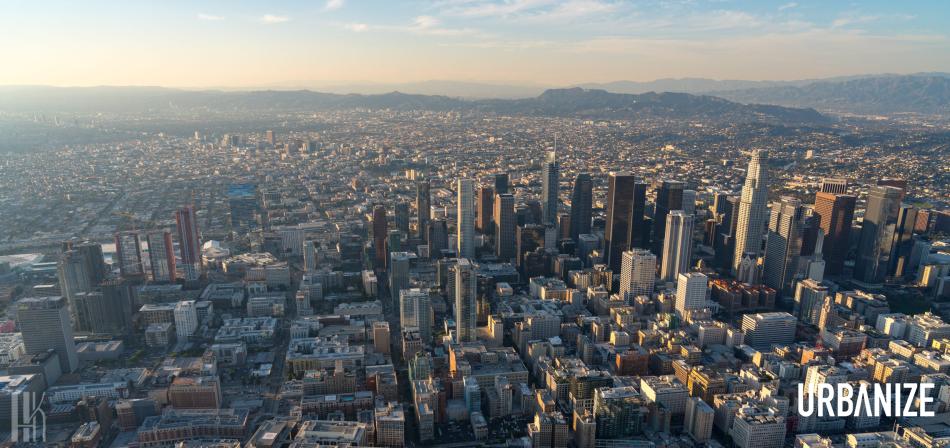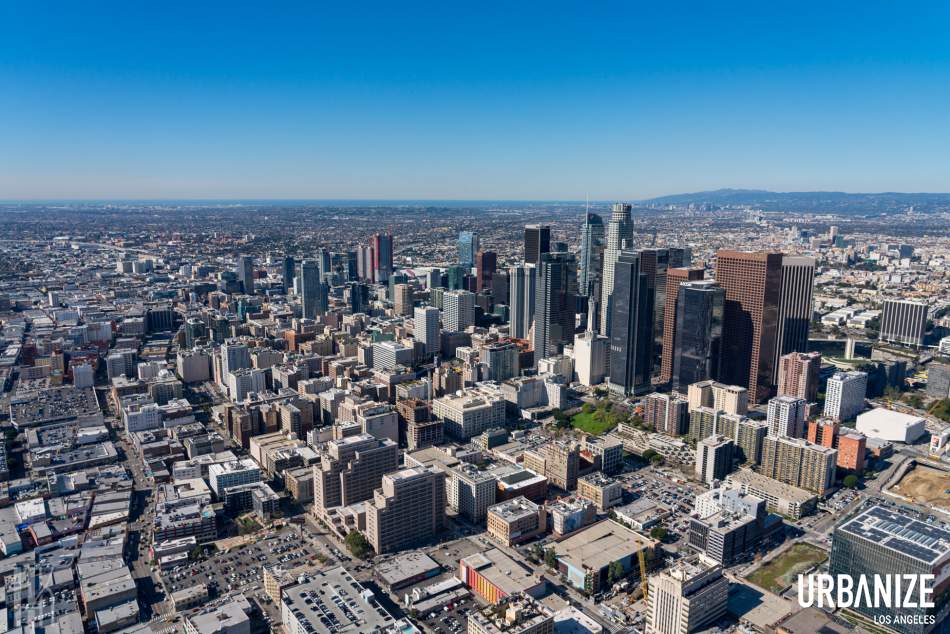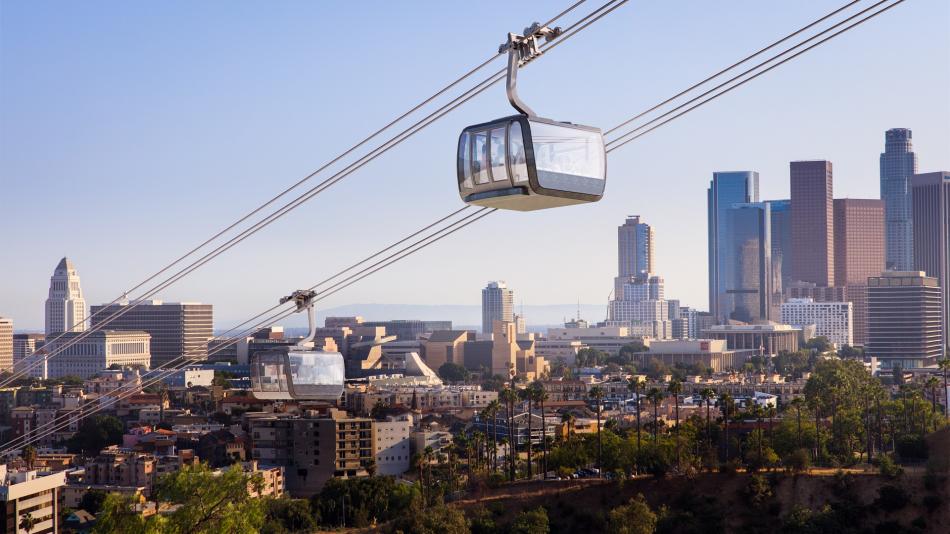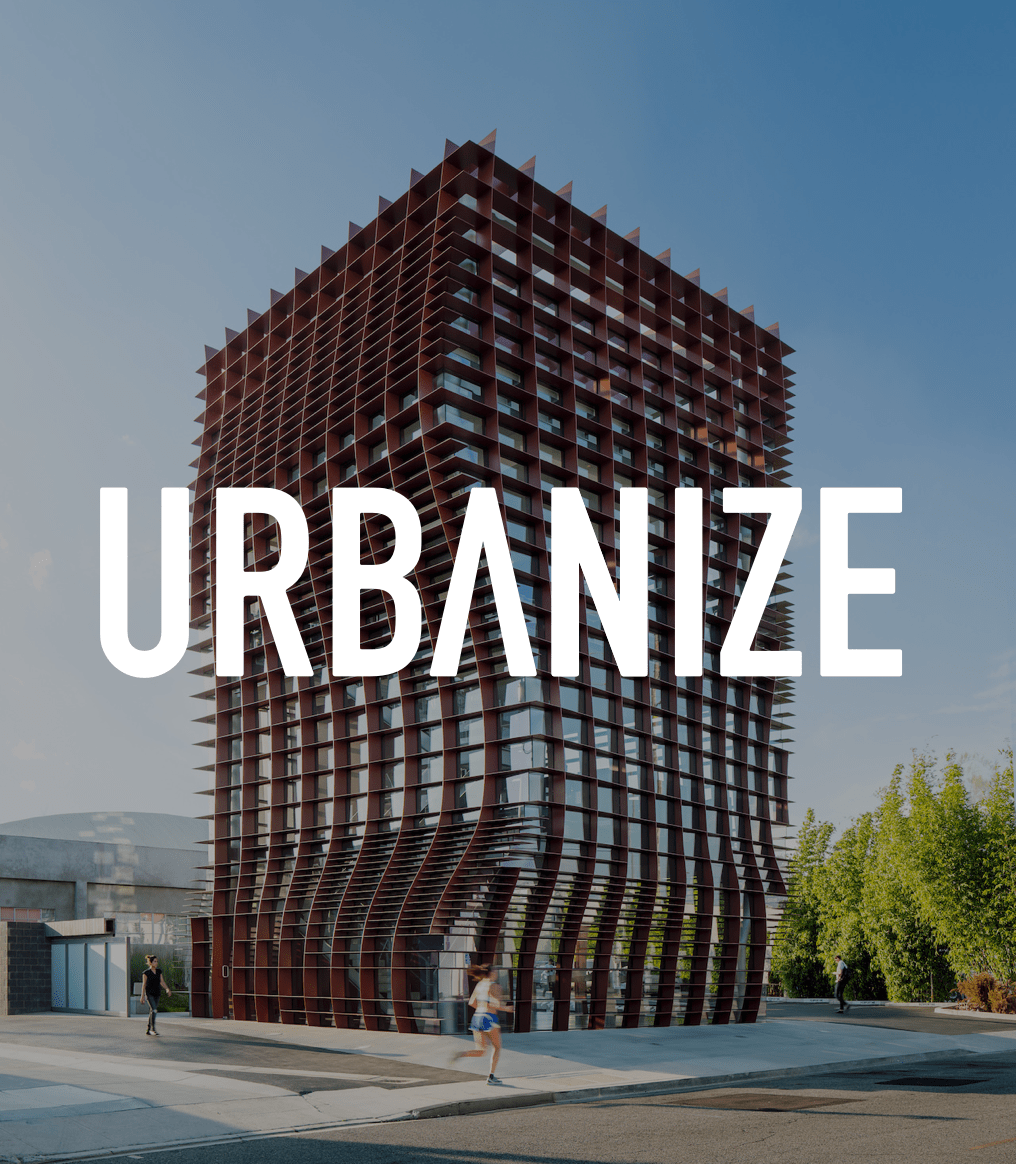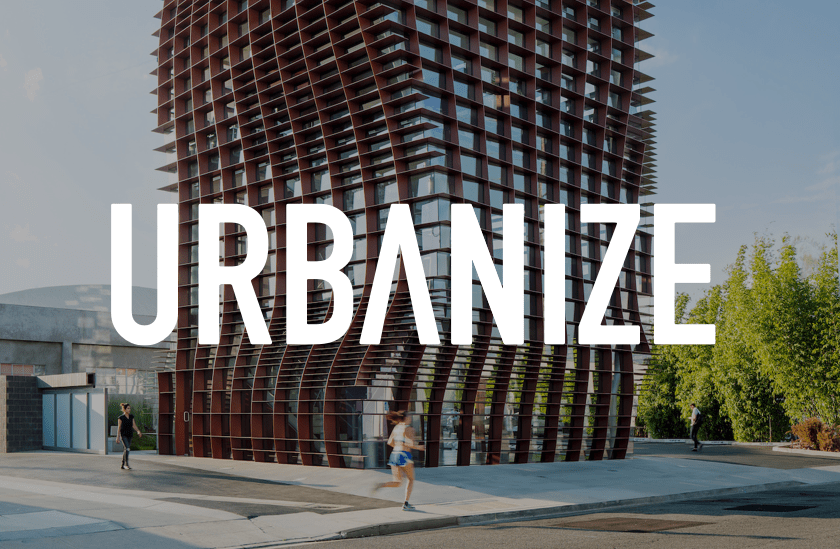As its name would suggest, the Los Angeles County Affordable Housing Solutions Agency was formed with the aim of increasing the supply of affordable housing across Los Angeles County. A report issued this week by UC Berkeley's Terner Center for Housing Innovation and Forsyth Street Advisor lays out exactly how the agency could use a combination of public and private investment to unlock $2.5 billion to further that goal.
Scaling LACAHSA: Proven Models for Maximizing Affordable Housing Production and Preservation, which was commissioned by the Los Angeles Business Council, argues that the agency can use its dedicated funding stream and broad mandate in conjunction with recent changes to state law to spur affordable housing growth across the region.
Due to LACAHSA's status as a public agency, it will be permitted to issue both taxable and tax-exempt bonds, providing lower financing costs and appeal to a broader array of investors. The study recommends that LACAHSA use bond financing to access capital markets, while also employing philanthropic and corporate money by seeding an independent nonprofit investment fund. The study authors estimate that LACAHSA could issue up to $200 million in bonds each year (or $2 billion over the course of a decade). The New York City Housing Development Corporation similarly uses bonds to finance between 9,600 and 13,900 new or preserved affordable units each year. That agency is self-funded, and boasts $28.5 billion in assets after 54 years in existence.
The study also recommends seeding a housing impact fund with $5 million annually over the course of 10 years to leverage over $500 million in additional investment by philanthropic organizations and institutional investors. This echoes a program started in San Francisco in 2017, which has turned an initial $10 million investment into $590 million that has gone to 56 projects that either built or preserved nearly 3,000 units in the Bay Area.
The USC Lusk Center for Real Estate has released its State of Los Angeles County Housing and Neighborhoods report, highlighting major changes between the city of today with that of decades past, or even just a few years ago.
In addition to a loss of roughly 500,000 residents since 2015, Los Angeles County's percentage of families with children has decreased from roughly 1/3 of households in 2010 to just 1/4 in 2023. However, the total number of households has continued to grow over the same time period.
In what will likely come as no surprise, housing production in Los Angeles County has nosedived since the 1960s, when there were 70,000 residential units built annually, to less than 15,000 per year in the 2010s. Between 2018 and 2024, just over 150,000 new units were certified - most of which were renters, and approximately 10 percent of which are affordable to lower-income renters. While the recent uptick in accessory dwelling unit construction has been on the uptick, that has failed to move the needle for low-income renters. And the pace of permitting - with an average of 18 months across the board, and upwards of 35 months for multifamily developments - comes in at three times the national average.
The pace of construction has impacted those seeking to own, those seeking to rent, and those just looking for a roof above their heads. Homeownership is increasingly out of reach in Los Angeles County, and is now at its lowest level in more than 50 years with the overall rate at just 45 percent. Home values exceed incomes by more than 10 to 1, which is significantly higher than the national average of 4 to 1.
For renters, the lack of supply now means that more than 90 percent of renter households earning under $50,000 per year spend over 30 percent of their income on rent - meaning they meet the definition of "rent burdened." Black residents have been hit particularly hard, with two thirds now classified as rent burdened. Likewise, older adults are increasingly facing affordability hurdles.
Finally, while Los Angeles County has invested heavily in homeless housing over the trailing seven years, adding more than 8,000 units of permanent supportive housing and more than 6,600 interim beds, homelessness has continued to rise. Nonetheless, the expansion of shelter facilities and new laws limiting encampments have helped to reduce the number of unsheltered homeless residents to 65 percent of the total population - still the highest in the country, but a 10-year low for Los Angeles County.
Here's what we're reading this week:
Denser housing near transit stops? L.A. City Council opposes state bill "The bill, which passed the Senate and is before the Assembly Appropriations Committee, would allow heights of nine stories near major transit hubs, such as certain Metro train stops in L.A. A quarter-mile from a stop, buildings could be seven stories tall, and a half-mile from a stop, they could be six stories. Single-family neighborhoods within a half-mile of transit stops would be included in the new zoning rules." (LA Times)
Eyes on the Street: New Concrete-Barrier-Protection on 3rd Street Bikeway "Now that's what I call a protected bike lane!" (Streetsblog LA)
Pasadena’s Allen Station will be Bolstered by Nearby Ped Upgrades "Temporary sidewalk extensions are giving way to permanent sidewalk widening. Construction is expected to be finished in early 2026." (Streetsblog LA)
Can L.A. decide on the Dodger Stadium gondola, or anything, in a timely manner? "In an effort to accelerate a decision, as The Times reported last month, McCourt’s lobbyists latched onto a state bill designed to expedite transit projects and persuaded legislators to add language that would put an even speedier timeline on potential legal challenges to the gondola." (LA Times)
LA moves forward with plan to allow fewer stairs in many apartment buildings "The ordinance still needs to come back to the council for a final vote. Though some council members expressed concern about potential fire safety issues, 13 of the body’s 15 members voted in favor of moving forward with the proposal." (LAist)
North Hollywood’s blighted Valley Plaza approved for demolition "Valley Plaza in North Hollywood — once a centerpiece of 1950s commerce that drew John F. Kennedy — has descended into a swath of blight over the years, a collection of neglected buildings and empty parking lots that draw squatters and TV producers in need of an apocalyptic-looking settings." (LA Times)
Follow us on social media:
Twitter / Facebook / LinkedIn / Threads / Instagram / Bluesky





